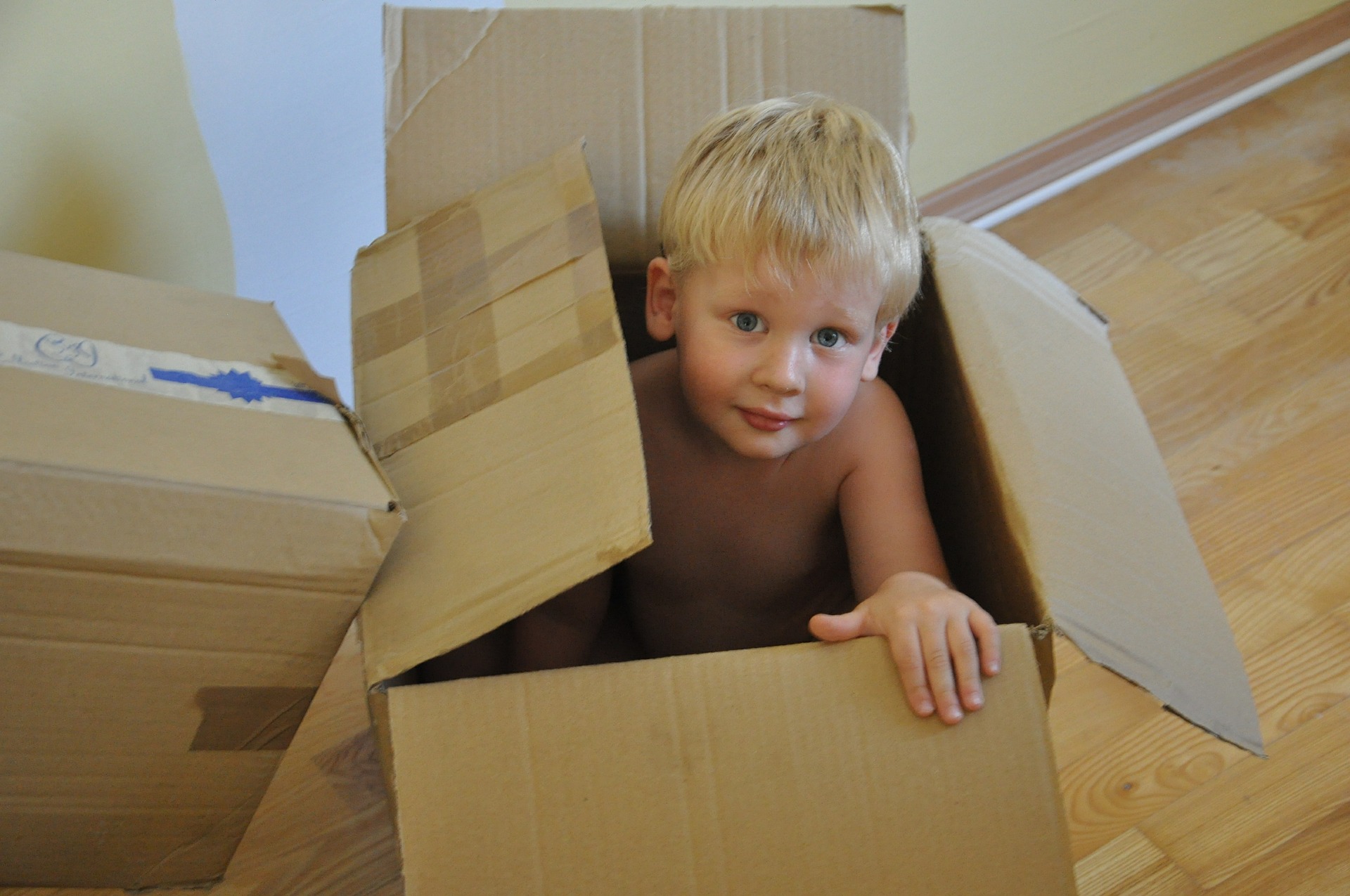The decision to move is an exciting time for your family, and it likely didn’t come without much deliberation and thought. However, children may be a little less understanding of the decision to move. By adequately preparing your child for the move, you can significantly reduce the stress of moving and focus on the positives the new opportunity will bring.
Be Honest About the Move
Whether the move was due to a job transfer, financial issues, or a desire to be closer to family, the best way to prepare children for a move is talk about it. Kids Health advises giving children as much information about the move as possible, and answer all questions truthfully and completely. Be prepared for both positive and negative reactions, as well as the possibility that they won’t understand the move. The Child Development Institute suggests catering the explanation to the age of the child. Children 5 years of age and under will not generally understand the changes that are about to occur, so keep explanations simple and straightforward, possibly using books or illustrations to demonstrate what moving entails. As you pack up their things, be sure to reiterate that nothing is being thrown away, and let them pick out a favorite toy or two to keep with them on moving day.
Children in elementary or middle school are often open to a move, however, they may express concerns over a new school, friends, and routine. To ease the transition, provide them with as much information about the new area as possible including the school they will attend, activities to participate in, and fun things to do or places to visit. Consider increasing their involvement in the move by letting them help pack.
For teens, a move may be viewed more negatively, as they may have developed a close social network, including a romantic relationship. Explain to your teen the importance to both of you in remaining in contact with friends and family, and discuss opportunities to visit. Moving is a process, so regardless of your child’s age, take things slowly and keep everyone involved and in the know.
Take Them to Visit
Whether you are moving across town or across state lines, consider planning a trip to visit the new area to reduce the apprehension your child may feel toward moving to an unfamiliar place. According to Healthy Children, you can reduce the fear of the unknown by driving by the new area, and letting your child check out their new school or explore local activities such as parks, zoos, or museums. If you are moving to an area where the climate is drastically different, point out the new activities to enjoy such as sledding or ice skating in cold climates, or swimming and hiking in warmer climates.
If you’ve already closed on the new house, let your child explore their new home and keep them involved by including them in important decisions such as what color he or she wants to paint their new room. Let them plan out how to decorate and organize their new space so it is tailored to their personality and comfort. Take this time to introduce them to neighbors with children close to their age. Having at least one friend before the move could take away some of the anxiety your child feels about the move. To further prepare your child, investigate activities in the area they can get involved in. For example, if your child takes dance classes, research dance studios in the new area and take them to meet the new teacher and some of the children that would be in his or her class.
Every child will react differently to a move, so cater your transition tactics to what makes them feel the most comfortable and excited about this new opportunity.

